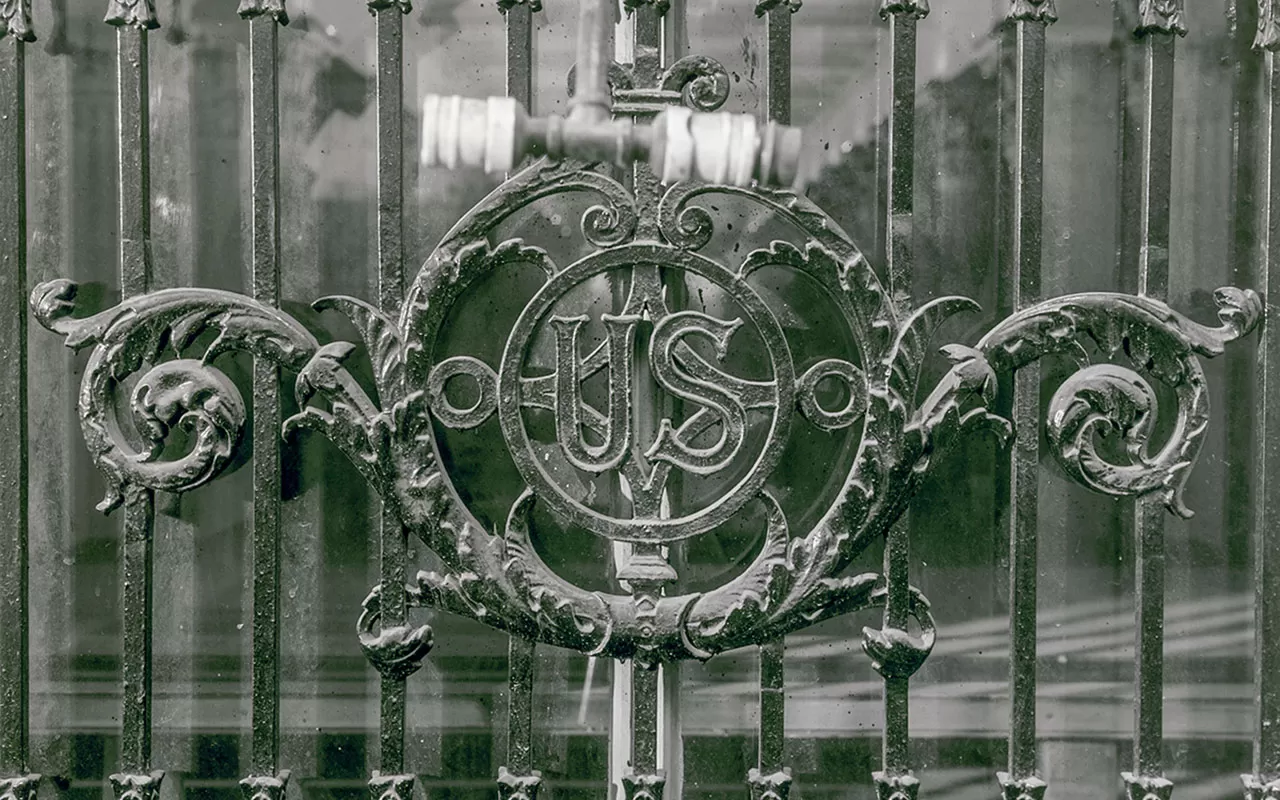Is there a prison or jail in the U.S. Capitol? Several rooms in the United States Capitol have been used at various times for the detention of offenders. They were called guard rooms, and it is not always possible to determine whether those rooms were kept strictly for custody of prisoners or were used also as guard stations.

An 1826 report from the Committee on Public Buildings and Grounds included plans for a guard room and other spaces in a terrace on the west front of the Capitol. An 1859 receipt shows that the House of Representatives and the Senate evidently were charged equal assessments for equipment of the guard room, indicating that one such room served both houses of Congress.
In 1829, journalist Anne Royall attended the inauguration of President Andrew Jackson and made her way into the Capitol; she would later write, "I ran upstairs to look out some upper windows, and here I found a colored man in a violent passion. He had been locked up." Unfortunately, no information has been found about the location or circumstances of the man's confinement, nor of his identity.
On April 8, 1861, troops in the Capitol during the Civil War "established . . . a guard house in the room now occupied as the House of Representatives post office, in the southeast corner of the ground floor of the Capitol." An October 6, 1902, article in the Washington Evening Star states that the first man arrested by the military authorities during the war was imprisoned here, being accused of filling artillery shells with sawdust while working at the U.S. arsenal. Freed after ten days by the intercession of his friends in the city, he was later rumored to have served the Confederate forces as a gunner. The room is now numbered H-124 and is assigned to the Sergeant at Arms.
Another incarceration is reported in the Evening Star of February 13, 1862: "After considerable discussion the House adopted a resolution directing the confinement of Mr. [Henry] Wikof until he shall purge himself of contempt or is discharged by the House. The accused was then placed in the guard room under the Capitol." Wickof reportedly had refused to "give a satisfactory answer to the charge preferred against him"; no further information about Wikof, his alleged offense or the disposition of the matter has been found in the records of the Architect of the Capitol.
In May 1868, the Congressional Globe includes a resolution proposed in the House to fit up two rooms near the Court of Claims in the Capitol as guard room and office for the Capitol Police, prompted by the fact that the lack of such facilities at the time compelled the detention of a recusant witness named Woolley in the room of the Committee on Foreign Affairs (present-day H-311). The Solicitor for the Court of Claims described the proposed guard room as "altogether unfit for any human habitation, night or day, in hot weather" and asserted that "to doom this victim . . . to remain there is to doom him to a living death." However, the plan was apparently carried out. The 1868 Report of the Architect of the Capitol Extension refers to "a guard-room fitted up with steam pipes for heating, and water closets and wash stands" that may well be the room mentioned in an 1869 guide book: "A narrow passage, on the left of the western entrance to the crypt, leads to the Guard-room of the Capitol Police, who use the apartment to secure offenders, should their detention become necessary." The location given suggests that the room may be modern-day H-159. The rooms in this area are presently used by the Capitol Physician for medical purposes.
A guide book of 1874 shows the Guard Room as a small space accessible by a door in the northwest section of the U.S. Capitol Crypt. That area today is a windowless storage room.
In 1877, a description in the Congressional Record indicates that a different space was used for the confinement of two Louisiana election officials: "It is a little room in the basement of the Capitol, with but two windows, opening upon no sunlight, but upon a narrow confined court into which no gleam of sunshine can ever enter." Floor plans from that year show that the room was likely H-159; if so, the accounts in the Record make it clear that conditions in the room had not markedly improved since its similar use in 1868: it is described as “a room so dark that it is necessary to keep the gas burning all day; a room that stinks, that smells like the den of some foul reptile, a room where thieves arrested around the Capitol are kept . . . ." Although the room was listed as the House Document Room, the reference to the apparently routine keeping of thieves suggests that it continued to serve as a guard room as well, at least when multiple inmates were to be confined. In 1889 a recusant witness before a Senate committee was taken into custody by the Senate Sergeant at Arms, but the area of his detention is not identified.
There is no evidence in the records of the Architect of the Capitol of any designated "guard room" or "detention area" in the Capitol since that time.